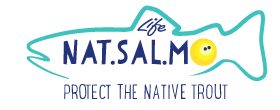5,000 native trout eggs from Molise, genotyped and fertilized with cryopreserved semen are ready to hatch, protected in their nests rebuilt directly in the rivers they belong to.
Reintroducing embryonic eggs of S. magrostigma native trout into the nests is a key factor to support natural reproduction and to support the recolonization of the project areas. Supportive breeding is a common strategy for species threatened by hybridization, but it is essential to guarantee genetic variability and avoid domestication.
The technical staff of the NatSalMo project allowed us to follow the various stages of nesting & cocooning on the Rio Santa Maria carried out a few days ago:
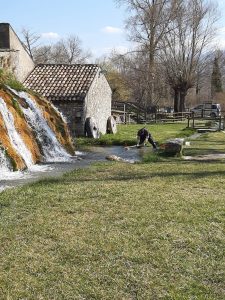
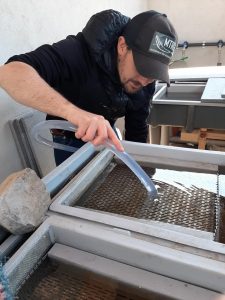
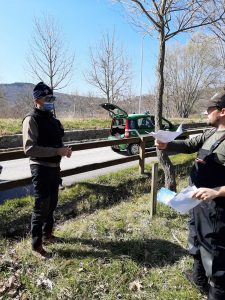

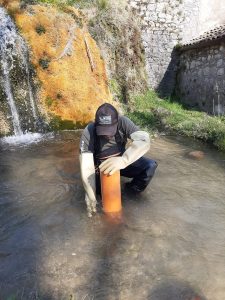

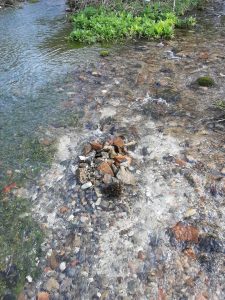
Once the calf sack has hatched and reabsorbed, the small larvae will turn into fry which will continue to find protection in the nest. In the early stages of autonomous feeding the fry will continue to make sorties more and more distant from the nest, until they colonize the submerged flora.
Within the first year, almost all new small trouters will migrate to more productive places. They will feed a few kilometers further downstream, in Rio Santa Maria and along the Biferno river, where they will reach considerable dimensions. They will then return to these sites when they have to reproduce.
